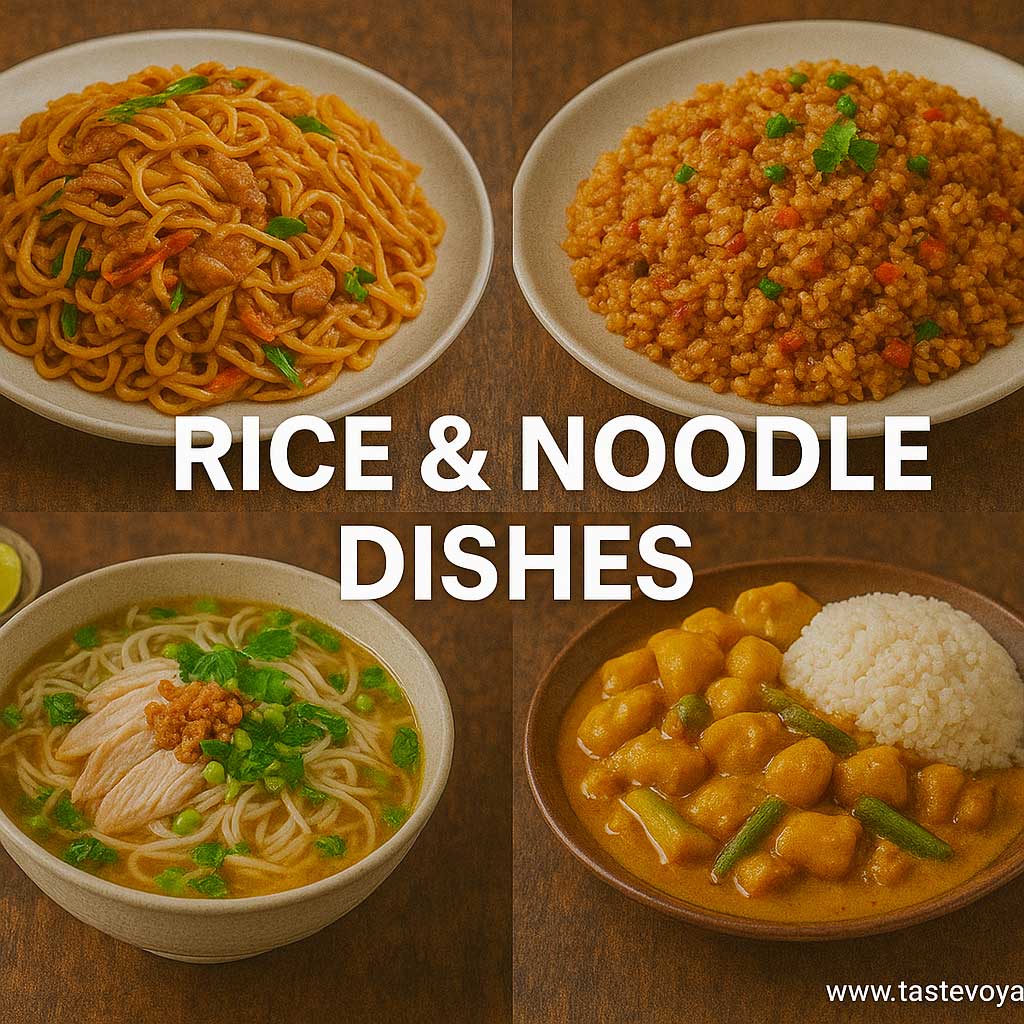How to Make Authentic Cambodian Spring Rolls at Home
Travel the World Through Food >> Cambodian Cuisine>>Rice & Noodle Dishes>> How to Make Authentic Cambodian Spring Rolls at Home
How to Make Authentic Cambodian Spring Rolls at Home
Discover the Cultural Richness of Cambodian Spring Rolls
Cambodian spring rolls are a beloved staple in the country’s vibrant culinary landscape. Known locally as “Cha Haeng,” these fresh, colorful rolls embody more than just a delicious snack—they are a symbol of hospitality, tradition, and the harmonious blend of flavors that define Cambodian Cuisine. Their delicate appearance and refreshing taste reflect the country’s appreciation for balanced, healthy, and artfully prepared food.
A Culinary Reflection of Cambodia’s Fresh and Vibrant Flavors
Cambodian cuisine is renowned for its emphasis on fresh ingredients and bold flavors. Spring rolls are a perfect example of this culinary philosophy. They typically feature an assortment of crisp vegetables, fragrant herbs, and sometimes shrimp or pork, all wrapped in translucent rice paper. This presentation highlights Cambodia’s love for light, nutritious dishes that celebrate the natural flavors of local produce. The use of herbs like mint, Thai basil, and cilantro adds aromatic complexity, making each bite a sensory journey.
Traditional Significance and Social Connection
In Cambodia, spring rolls are more than a snack—they are a dish shared during Special Occasions, family gatherings, and everyday meals. Preparing and eating spring rolls fosters a sense of community and connection. The act of rolling and assembling the ingredients often involves shared effort, turning the process into a cultural ritual that strengthens bonds among friends and family. Serving these rolls also demonstrates hospitality and respect for guests, emphasizing the warm and welcoming nature of Cambodian society.
A Reflection of Cambodia’s Agricultural Heritage
The ingredients used in Cambodian spring rolls mirror the country’s rich agricultural heritage. Fresh vegetables like lettuce, carrots, and cucumbers are staples in Cambodian gardens, while herbs such as mint and basil flourish in the tropical climate. Seafood, especially shrimp, is also a common ingredient due to Cambodia’s extensive river systems and proximity to the sea. This close relationship between the land, water, and cuisine underscores Cambodia’s deep-rooted connection to its natural environment.
An Icon of Healthy and Balanced Eating
Cambodian spring rolls are celebrated for their healthful qualities. With minimal use of oil and an emphasis on fresh, raw ingredients, they offer a nutritious option for those seeking light yet satisfying food. Their versatility allows for variations that cater to different tastes and dietary preferences, making them accessible to a wide audience. This focus on wholesome ingredients aligns with Cambodia’s broader culinary tradition of nourishing and flavorful dishes.
Preserving and Celebrating a Culinary Heritage
Today, Cambodian spring rolls continue to hold a special place in the nation’s food culture. They are often featured in street markets, family feasts, and traditional celebrations. Chefs and home cooks alike take pride in their craftsmanship, maintaining recipes passed down through generations. This ongoing culinary practice keeps the rich heritage alive and showcases Cambodia’s dedication to preserving its unique flavors and techniques.
Embracing the Beauty of Cambodian Spring Rolls
In essence, Cambodian spring rolls are much more than a simple appetizer—they are a culinary expression of the country’s history, environment, and social fabric. Every ingredient and preparation method reflects a deep respect for tradition, freshness, and community. Whether enjoyed at a festive gathering or as a wholesome snack, these spring rolls invite everyone to experience the vibrant essence of Cambodia’s rich food culture.
Explore the delightful world of Cambodian cuisine by discovering the beauty and significance of spring rolls. Their simple elegance offers a window into Cambodia’s warm hospitality, rich heritage, and vibrant flavors.
